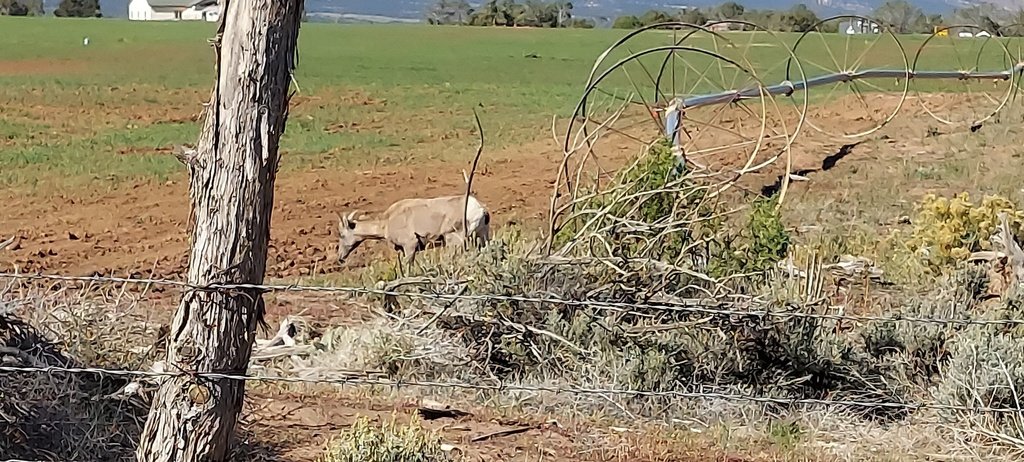So maybe my geography is bad. Mt. Jumbo is just west of the Bonner herd location. The City of Missoula is going to place 800 domestic sheep in the Jumbo/North Hills area for “weed control.”MT FWP has removed at least 5 bighorn rams from the Bonner herd over the years after coming into contact with these weed control sheep, the most recent being 3 in 2015. Too bad they are back after a 7 year hiatus. Amazing that a place like Missoula would stand for that.

Sheep returning to graze on noxious weeds in the Missoula area next week
MISSOULA, Mont. - Starting June 20, sheep are returning to help with noxious weeds on City Open Space in the Missoula area.www.montanarightnow.com
Will it result in weed control or wild sheep control? Any Missoula folks privy to what is being done, if anything, to not make this a very bad event for wild sheep?
On the surface, given what we know about domestic sheep in close proximity to wild sheep, this weed control action seems to have the interest of wild sheep as a low priority.
If anyone has details, please post them up. Thanks for sharing this @Oak.









